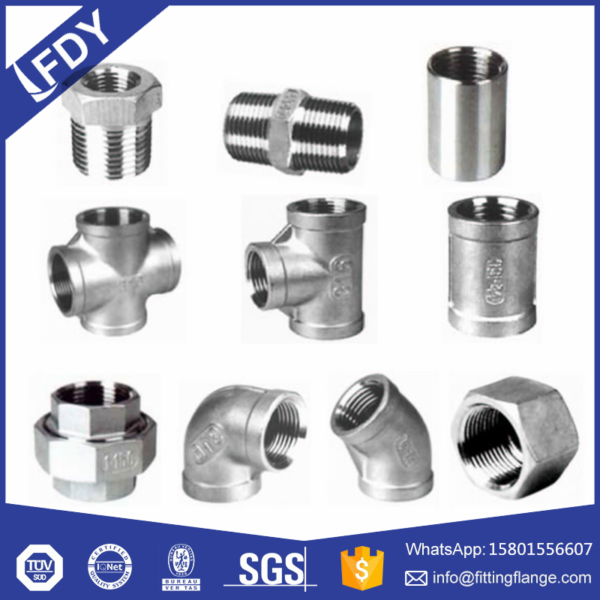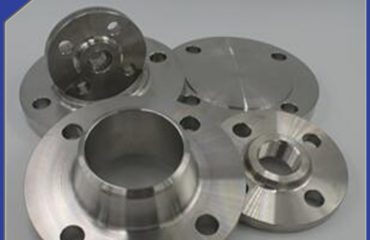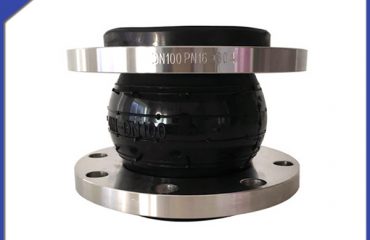Stainless steel pipe fittings are parts that connect pipes into pipes. Stainless steel pipe fittings can be divided into socket pipe fittings, threaded pipe fittings, flanged pipe fittings and welded pipe fittings according to the connection mode. Stainless steel pipe fittings are also a kind of pipe fittings. Because they are made of stainless steel materials, they are called stainless steel pipe fittings.
Stainless steel pipe fittings are the general name of various stainless steel pipe connectors, which can be divided into different categories according to shape, purpose and connection method. The utility model has the advantages of convenient installation, excellent performance, durability, etc., and is widely used in the construction and installation of various pipelines.
Common processing methods of stainless steel pipe fittings are as follows:
1. Forging method: stretch the pipe end or part with a rotary forging machine to reduce the outer diameter. Common rotary forging machines include rotary type, connecting rod type and roller type.
2. Rolling method: put the pipe core into the stainless steel pipe fitting, and press it outside with a roller for round edge processing.
3. Stamping method: use the tapered core on the punch to expand the pipe end to the required size and shape.
4. Bending forming method: there are three common methods, one is called stretching method, the other is called stamping method. The third roller method has 3-4 rollers, two fixed rollers and one adjustment roller to adjust the distance between fixed rollers The finished pipe fittings are bent.
5. Rolling method: generally without mandrel, applicable to the inner circular edge of thick wall pipe.
6. Bulging method: put the rubber into the tube and press it with a punch to make the tube bulge into shape; The other method is hydraulic bulge forming, which uses liquid to fill the middle of the pipe, and the liquid pressure expands the pipe into the required shape. This method is mostly used in the production of corrugated pipes.

 Language
Language Espanol
Espanol English
English Italian
Italian عربى
عربى
 Skype: chinamaker99
Skype: chinamaker99  Tel: 86-316-5120812
Tel: 86-316-5120812 Email:
Email:  Whatsapp:
Whatsapp: 
